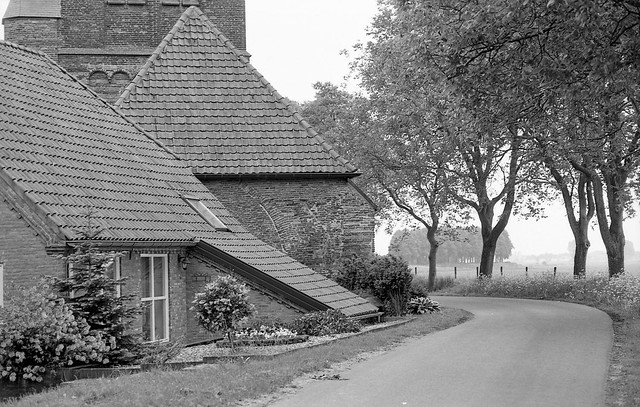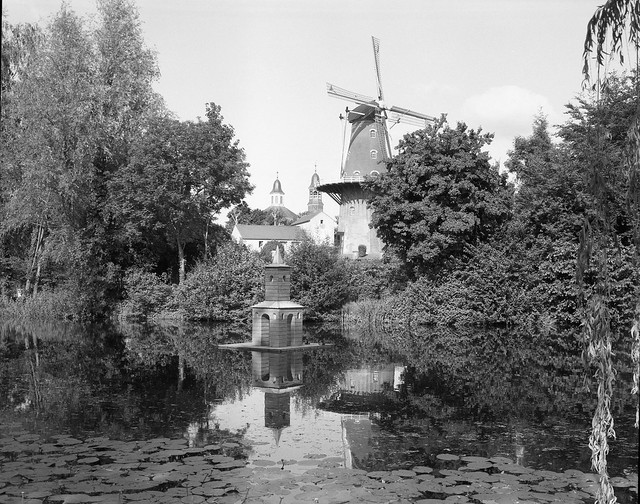Jonathan
Established
Just to add, Peter At monochrome is a great bloke, no connection to him, but always been helpful.
Rodinal is not a fine grain developer, but it's quite a good general purpose one. There are those here who equate it with Holy Water from the River Jordan, but nothing will shake their belief so you can look elsewhere for the truth.
The German classic would be A49

...like Xtol a bit speed enhancing and gives not sharp negatives at all. Therefore a lot of people are diluting till 1+2...

That's news to me; their datasheet says 2+ years. I'll look into the new split version. Thanks for the info Robert.HRX-3 was not very good in shelf life hence SPUR made a new split version which is available now.
their datasheet says 2+ years.



Ilford Perceptol is unbeaten


